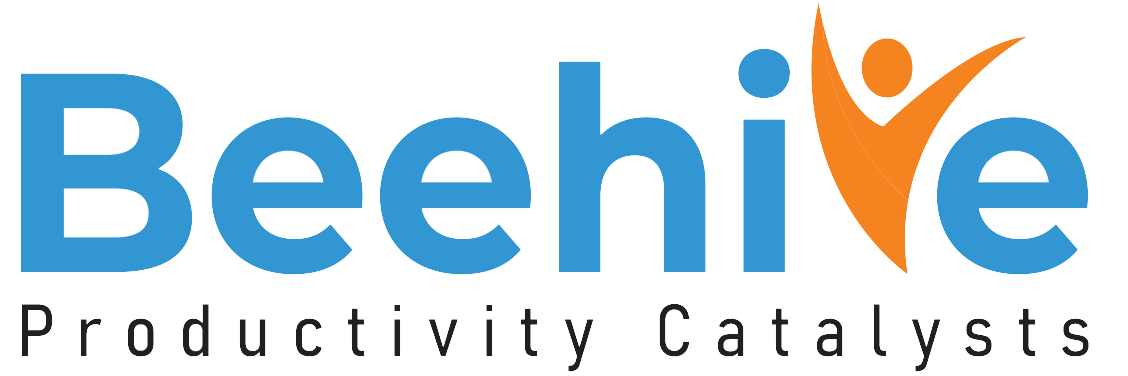Start strong or start losing: Rethink your onboarding
A new hire sits through a generic orientation, fills out forms, receives a company t-shirt, and gets introduced to their team. Then they wait. And wait. Weeks pass, and no real responsibilities are assigned. No feedback is given. No connection to purpose is built. Before long, that motivated new hire becomes disengaged. They do the bare minimum. They stop asking questions. They stop caring.
This is quiet quitting, and too many onboarding programs are building it right into the system. Quiet quitting does not begin with bad managers or broken performance reviews. It often starts on day one.
If your onboarding software is built for paperwork and policy briefings, not connection and clarity, it is time for a serious redesign.
The hidden cost of poor onboarding
Poor employee onboarding is a missed opportunity and also a direct cause of low engagement and early turnover. Reports by Oak Engage suggest that organizations with a strong onboarding process improve new hire retention by 82 percent and productivity by over 70 percent.
Most companies fail to get onboarding right. This leads to slow ramp-up times, unmet expectations, early disengagement, and eventually, attrition.
Why quiet quitting start early
Employee onboarding is where expectations are set and emotional investment is built. When new hires do not feel welcomed, prepared, or valued, they start to check out long before their first performance review. In the absence of purpose and connection, employees begin to disengage quietly. They do only what is assigned and not more. They avoid visibility. They avoid risk. They avoid growth. The first ninety days are your best shot at building loyalty. If that window closes with confusion and silence, you may have already lost them.
It begins when employees feel disconnected from their work and unsupported by their company.
What a broken onboarding experience looks like
A broken employee onboarding process is not always obvious. It may seem fine on paper. But the signs are clear in practice:
- No clear responsibilities or outcomes defined in the first week
- Overwhelming focus on policies and compliance
- Lack of social integration or team engagement
- No structured feedback or manager check-ins
- Generic, irrelevant training modules
- Delayed access to tools, systems, or workspace
- No clarity on career progression or goals
These signs suggest that we were excited to hire you, but we do not know what to do with you next.
What new hires expect
Today’s employees expect onboarding process to be more than just an orientation. They want a launchpad.
They expect:
- Visibility on role, goals, and expectations
- Personalized training that matches their job and skills
- Regular feedback and 1-on-1s with managers
- A sense of belonging with the team and company culture
- Visibility into how their work connects to company goals
- Quick, smooth access to tools and systems
- Early opportunities to contribute meaningfully
This is not a wishlist. It is the baseline for engagement.
Building a high-impact onboarding journey
Redesigning onboarding means, you need to treat it as an experience, not a checklist. The right employee onboarding software makes it structured, human, and purpose-driven.
The ideal onboarding plan should include:
Preboarding
- Send welcome materials, team intro videos, and a personalized message from the manager
- Set up logins, devices, and workspace in advance
- Share an onboarding roadmap so expectations are clear
Day One to Week One
- Introduce team members through guided meetings
- Set up a buddy system
- Begin role-specific training
- Define the first project or outcome
First Month
- Weekly check-ins with the manager
- Continued skill-building and systems training
- Social engagement with peers
- Feedback collection from the new hire
First Ninety Days
- Clear performance goals for ramp-up
- Recognition of early wins
- Development conversation to discuss growth goals
- Onboarding survey to capture experience and gaps
The goal of employee onboarding software is orientation along with the planned activation.
Role of managers and teams in onboarding
HR can design the process, but the success of onboarding process depends on managers and peers.
Managers must:
- Set clear expectations from day one
- Create space for questions and learning
- Offer consistent feedback
- Connect the new hire’s work to broader goals
- Celebrate early progress
Teams must:
- Include the new hire in discussions and projects
- Share knowledge and context
- Provide informal mentoring and support
The onboarding experience is a team effort. Without it, the new hire becomes isolated and disengaged.
How HR technology transforms onboarding
Modern onboarding needs more than spreadsheets and welcome slides. It needs smart, connected employee onboarding software that guides new hires and enables HR to deliver consistently excellent experiences.
An HRMS can transform onboarding by:
- Automating task workflows and documentation
- Delivering personalized training modules
- Enabling manager reminders and feedback scheduling
- Creating dashboards for onboarding progress tracking
- Centralizing all forms, policies, and resources
- Capturing data on onboarding satisfaction and effectiveness
Technology ensures that no step is missed, and every employee starts strong.
Fix the onboarding problem with Beehive HRMS
Beehive brings you employee onboarding software that helps deliver a consistent and personalized onboarding experience.
Here is how it helps:
- Personalized Onboarding Journeys
Design role-based onboarding plans with timelines, learning modules, and tasks. Guide each new hire with clarity and purpose. - Workflow Automation
Automate document collection, system provisioning, compliance checks, and welcome messages so nothing is forgotten. - Manager and Buddy Engagement
Notify managers and onboarding buddies of their roles and responsibilities. Keep everyone accountable. - Progress Dashboards
Track each new hire’s onboarding status in real time. Spot issues early and intervene quickly. - Feedback and Insights
Use onboarding surveys and engagement polls to measure satisfaction, improve content, and refine experiences continuously.
Integration with Performance and Development
Align onboarding with OKRs and learning goals from day one. Help new hires connect today’s work with tomorrow’s opportunities.
Make a first impression that lasts
Onboarding is not just your welcome handshake. It is your first promise. It tells new employees what kind of company you are and what kind of experience they can expect.
If you want to keep your talent, you must get onboarding right.
Quiet quitting does not start with burnout. It starts when new hires feel invisible, unimportant, or unclear. When onboarding feels like an afterthought, they treat the job the same way.
Beehive HRMS employee onboarding software helps you turn onboarding into a powerful, human-first journey that builds early engagement and long-term retention because when you start strong, your employees stay strong.






